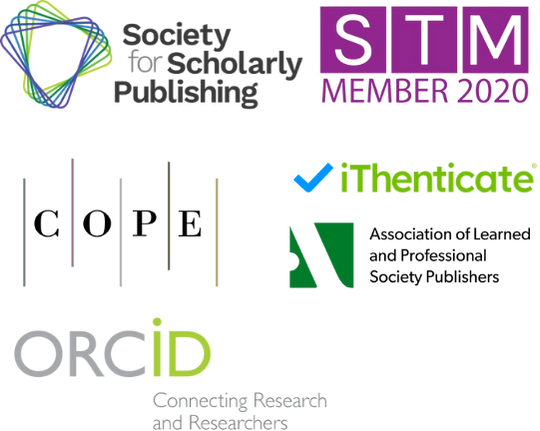Technology Adoption Patterns Across Professional Disciplines Today
Keywords:
technology adoption, digital transformation, professional practice, innovation diffusion, user acceptance, organizational implementationAbstract
Technology adoption patterns across professional disciplines reveal complex dynamics influenced by organizational contexts, individual acceptance factors, and sector-specific operational requirements. This paper examines contemporary technology adoption across software development, construction management, architectural practice, and enterprise operations, analyzing how different professional contexts shape implementation strategies and acceptance outcomes. The study explores foundational theories of technology acceptance including perceived usefulness and ease of use while examining sector-specific adoption challenges and opportunities. Software development demonstrates rapid integration of continuous delivery methodologies that enhance efficiency through automated processes. Construction management exhibits increasing digitalization for project coordination and progress monitoring. Architectural practice shows significant post-pandemic adaptations in design approaches and professional workflows. Enterprise contexts reveal varying adoption patterns based on organizational size, resources, and strategic priorities. The research identifies common barriers including trust concerns, switching costs, network effects, and implementation complexity while highlighting enablers such as perceived benefits, organizational support, and technological compatibility. Understanding these patterns provides insights for improving adoption strategies and accelerating beneficial technology integration across professional disciplines, ultimately contributing to enhanced operational efficiency and competitive positioning in evolving digital environments.
References
1. S. Yang, “The Impact of Continuous Integration and Continuous Delivery on Software Development Efficiency,” Journal of Computer, Signal, and System Research, vol. 2, no. 3, pp. 59–68, Apr. 2025, doi: 10.71222/pzvfqm21.
2. V. Venkatesh, M. G. Morris, G. B. Davis, and F. D. Davis, “User acceptance of information technology,” MIS Quarterly, vol. 27, no. 3, pp. 425–478, 2003, doi: 10.5555/2017197.2017202.
3. Y. Liu, “Post-pandemic Architectural Design: A Review of Global Adaptations in Public Buildings,” International Journal of Engineering Advances, vol. 2, no. 1, pp. 91–100, Apr. 2025, doi: 10.71222/1cj1j328.
4. A. Abd. Hamid, F. Z. A. Razak, A. A. Bakar, and W. S. W. Abdullah, “The Effects of Perceived Usefulness and Perceived Ease of Use on Continuance Intention to Use E-Government,” Procedia Economics and Finance, vol. 35, pp. 644–649, 2016, doi: 10.1016/s2212-5671(16)00079-4.
5. S. Jing, "Practice of digital construction to improve construction project progress management," Academic Journal of Engineering and Technology Science, vol. 8, no. 2, pp. 36–44, 2025, doi: 10.25236/AJETS.2025.080205.
6. I. Abdullahi, C. Watters, G. Kapogiannis, and M. K. Lemański, “Role of Digital Strategy in Managing the Planning Complexity of Mega Construction Projects,” Sustainability, vol. 15, no. 18, p. 13809, 2023, doi: 10.3390/su151813809.
7. N. Melville and R. Ramirez, “Information technology innovation diffusion: an information requirements paradigm,” Information Systems Journal, vol. 18, no. 3, pp. 247–273, 2008, doi: 10.1111/j.1365-2575.2007.00260.x.
8. O. Ali, P. A. Murray, S. Muhammed, Y. K. Dwivedi, and S. Rashiti, “Evaluating Organizational Level IT Innovation Adoption Factors among Global Firms,” Journal of Innovation & Knowledge, vol. 7, no. 3, p. 100213, 2022, doi: 10.1016/j.jik.2022.100213.
9. Zhu, Kraemer, Gurbaxani, and Xu, “Migration to Open-Standard Interorganizational Systems: Network Effects, Switching Costs, and Path Dependency,” MIS Quarterly, vol. 30, pp. 515–539, 2006, doi: 10.2307/25148771.
10. G. Premkumar, “A Meta-Analysis of Research on Information Technology Implementation in Small Business,” Journal of Organizational Computing and Electronic Commerce, vol. 13, no. 2, pp. 91–121, 2003, doi: 10.1207/s15327744joce1302_2.
11. Azamsadat Hosseini Shoabjareh, Milad Ghasri, T. Roberts, A. Lapworth, N. Dobos, and C. B. Burken, “The role of trust and distrust in technology usage: An in-depth investigation of traffic information apps usage for mandatory and non-mandatory trips,” Travel Behaviour and Society, vol. 37, p. 100816, 2024, doi: 10.1016/j.tbs.2024.100816.
12. S. Yuan, "Mechanisms of High-Frequency Financial Data on Market Microstructure," Modern Economics & Management Forum, vol. 6, no. 4, pp. 569–572, 2025.


